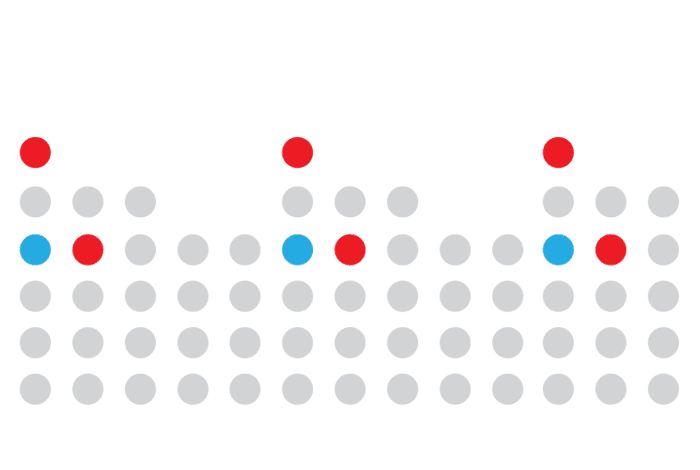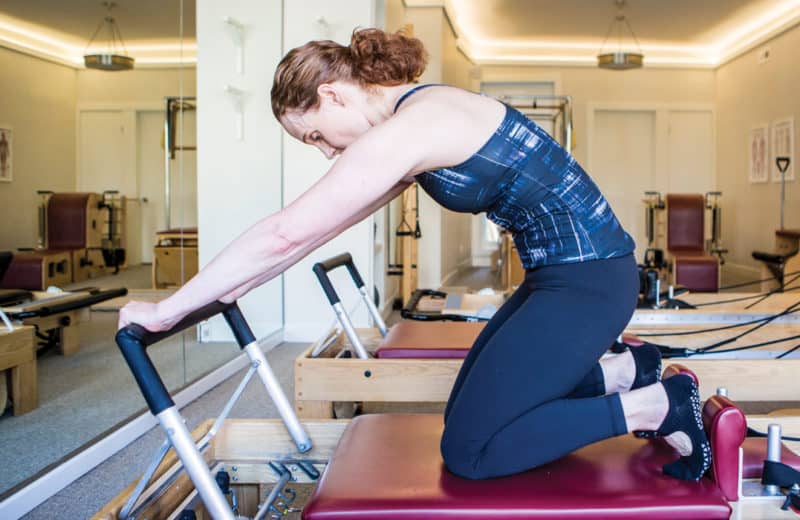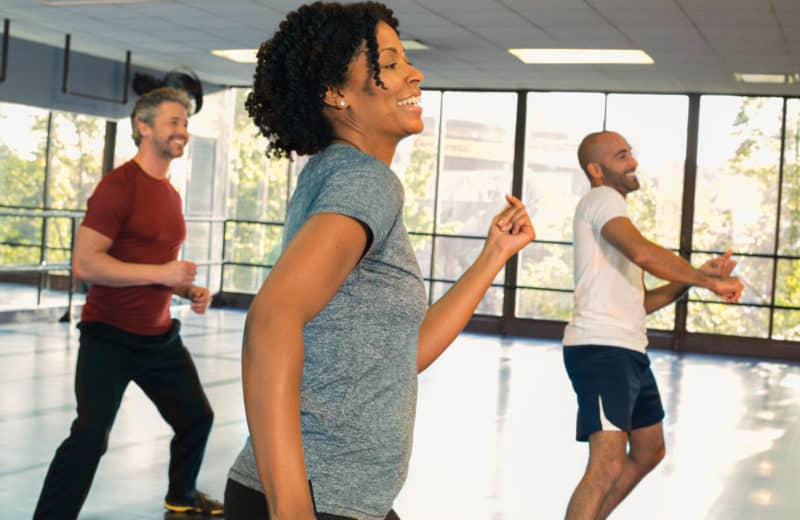 The Danger of a Routine
The Danger of a Routine
By Anthony Bonazzo
When it comes to fitness, you often hear, “Well, it’s better to be doing something than nothing!” As a personal trainer, that makes me cringe. It’s like trying to learn a new language but only learning enough to say, “hello” and “goodbye,” and then every day, you only practiced saying, “hello” and “goodbye” over and over again. You’d never learn that language.
I train in several gyms throughout the city. The demographic of one is predominantly men in their 50s and 60s. I often overhear them saying, “I need to get in a routine,” or, “I can’t wait until this hour is over!” This, too, makes me cringe. The only routine you should be striving to be in is the routine of having exercise and fitness be a part of your life. Yes, having a program in place helps, but a program should last an average of four to six weeks.
Physiologically (and mentally), neuromuscular adaptation occurs after four to six weeks. So that means, for the first few weeks of your program, your body is working extra hard to adjust to the new stimuli. That’s when—hopefully—you feel better, look better and see results.
And then, after the month’s peak, you notice that the workout isn’t as hard, and you aren’t seeing the same degree of results you were seeing just a few weeks prior. That doesn’t mean you should quit; it means you should find a new program.
If your first program was to cut weight, maybe make the new program about cutting fat. If neither is your goal, and you want to build bigger muscles—or even if that isn’t it—try lifting heavier weights than you are accustomed to. It will be such a drastic change to what you normally do that you will see results.
Turning your workout into a checklist—like chores you begrudgingly have to do—is a bad idea. Many conventional gyms set up the weight-training machines as a circuit: chest press, shoulder press, seated row, lat pull-down, leg press or some variation of this. This model, when repeated too often, is the equivalent of saying only “hello” and “goodbye.” It’s boring, and your body will likely be bored, so the workout won’t be effective in getting you closer to your goal.
Next time you are at the gym, instead of going straight to the easy circuit of machines, try to do an entire total-body circuit. Hit one exercise per body part with an exercise that you normally never do, and go from exercise to exercise without resting. Throw in a few ab exercises, too. If your heart rate isn’t up after that, do a mini cardio circuit. One example would be doing burpees, jumping jacks, mountain climbers and squat jumps in succession, timing each one for 20 to 45 seconds, and resting in between each. Repeat if it’s still not too challenging.
Fitness should be treated as a fun activity that allows you to release stress and clear your head.
I always tell my clients that the first part of the word workout is work. Your workout shouldn’t feel like going to work, but you should be working hard. If you are finding that moving monotonously through a series of machines or exercises is boring, imagine how your body feels. Try something new. Mix up the order of exercises, try a new exercise every few workouts and make sure you are sweating.
A good way to test whether you’ve correctly done your job is to gauge whether you feel less stressed, are in a better mood and even feel a bit thinner afterward. If your workout doesn’t have these effects, you are likely doing something wrong. Always be willing to work hard and to try new exercises. Variety is much more than just the spice of life. It’s the thing that keeps you looking and feeling your best.
Anthony Bonazzo is an NASM-certified personal trainer, corrective exercise specialist and fitness nutrition specialist. He has been a personal trainer for nine years and teaches and trains all over Chicago through his company AB Fit.













